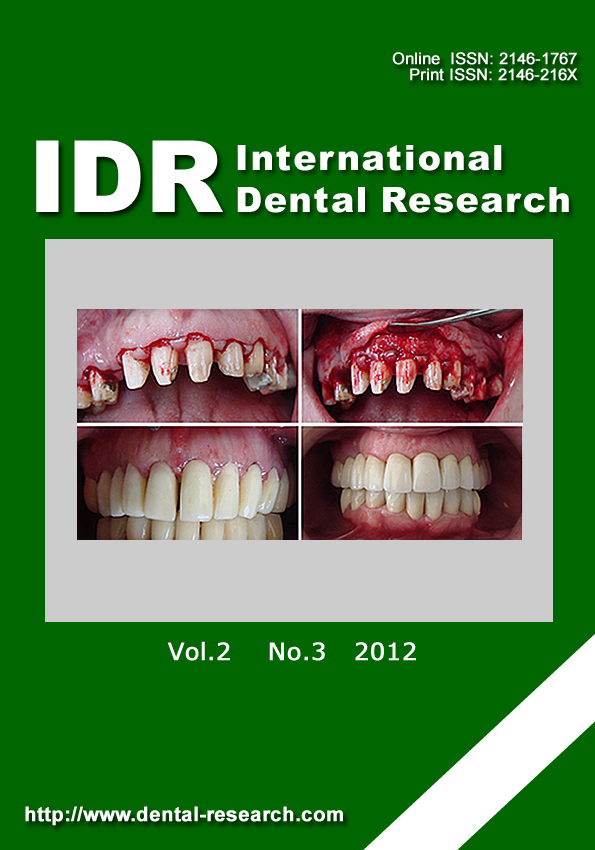A Composite Laminate Veneer Technique for Diastema Closure: A Report of Ten Cases
Abstract
Aim: Diastemas can be treated using periodontal, surgical, orthodontic, or prosthetic procedures. Composite laminate veneers can be applied to reduce or eliminate diastemas and represent a good aesthetic non-invasive alternative for these patients. This study presents the treatment results of 10 patients with diastemas between the anterior teeth of the maxilla and mandible with composite veneers.
Methodology: Ten patients with diastemas between the anterior maxillary and mandibular teeth complaining of esthetic problems were treated at the Department of Operative Dentistry, University of Dicle. The periodontal health of the patients was acceptable and no caries were detected. Patients were informed of the treatment choices and composite resin veneers were selected as the better approach for each case. The presence of a diastema causes esthetic problems, especially in adolescents. Prosthetic and conservative methods are usually used to treat diastemas because these approaches are minimally invasive. The direct laminate technique has the advantages of low cost, treatment reversibility, and easy repair of the restoration intraorally. The direct composite laminate technique has become more effective because of improvements in adhesive dentistry.
Conclusion: This study describes a direct composite laminate technique for the restoration of the anterior teeth of 10 patients with diastemas. These restorations were conservative and provide an inexpensive, one-visit aesthetic treatment for anterior teeth.
How to cite this article: Bahşi E, Callea M, İnce B, Montanari M, Dallı M, Batteli F, Akdoğan M, Gabriella C, Toptancı İR, Gabriela P, Yavuz İ. A Composite Laminate Veneer Technique for Diastema Closure: A Report of Ten Cases. Int Dent Res 2012;2:67-74.
Linguistic Revision: The English in this manuscript has been checked by at least two professional editors, both native speakers of English.
Full text article
Authors
Copyright © 2012 International Dental Research

This work is licensed under a Creative Commons Attribution 4.0 International License.
This is an Open Access article distributed under the terms of the Creative Commons Attribution 4.0 International License (CC BY 4.0), which permits unrestricted use, distribution, and reproduction in any medium, provided the original work is properly cited.

